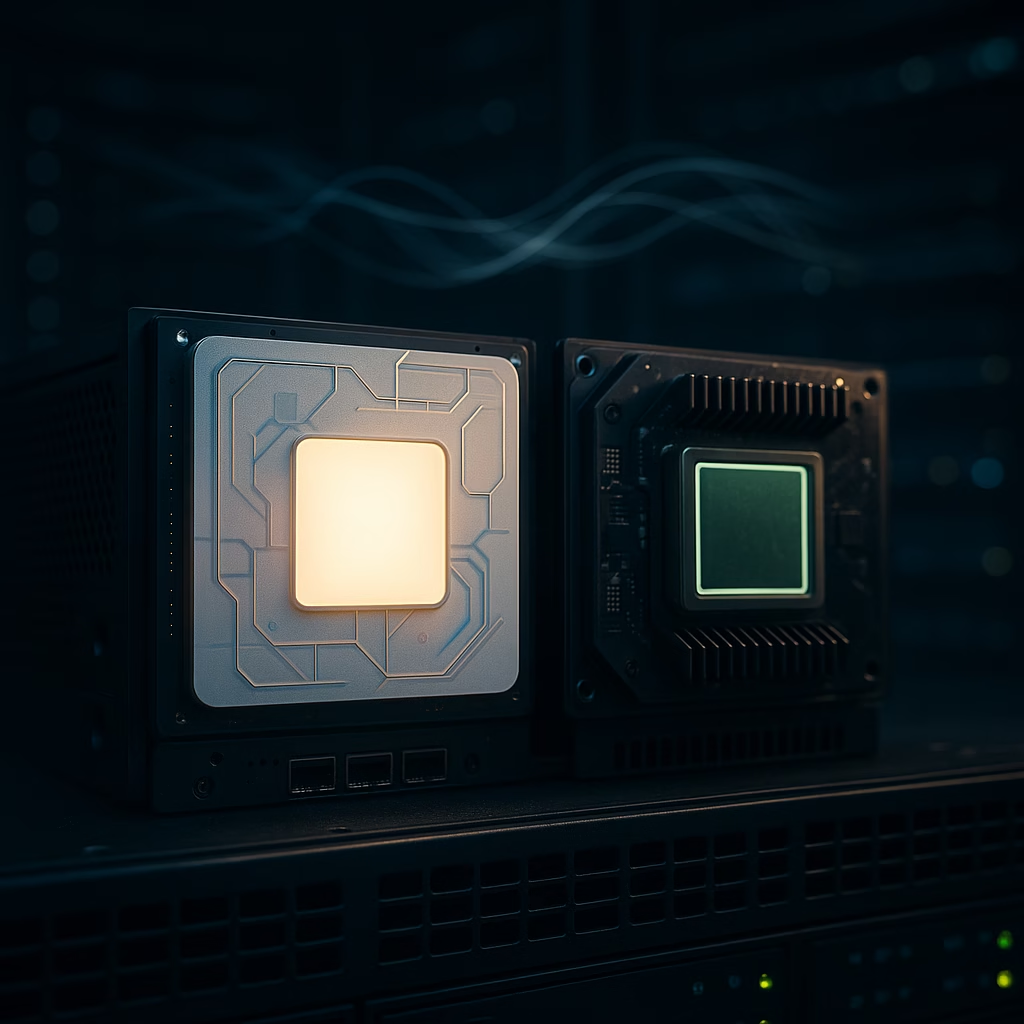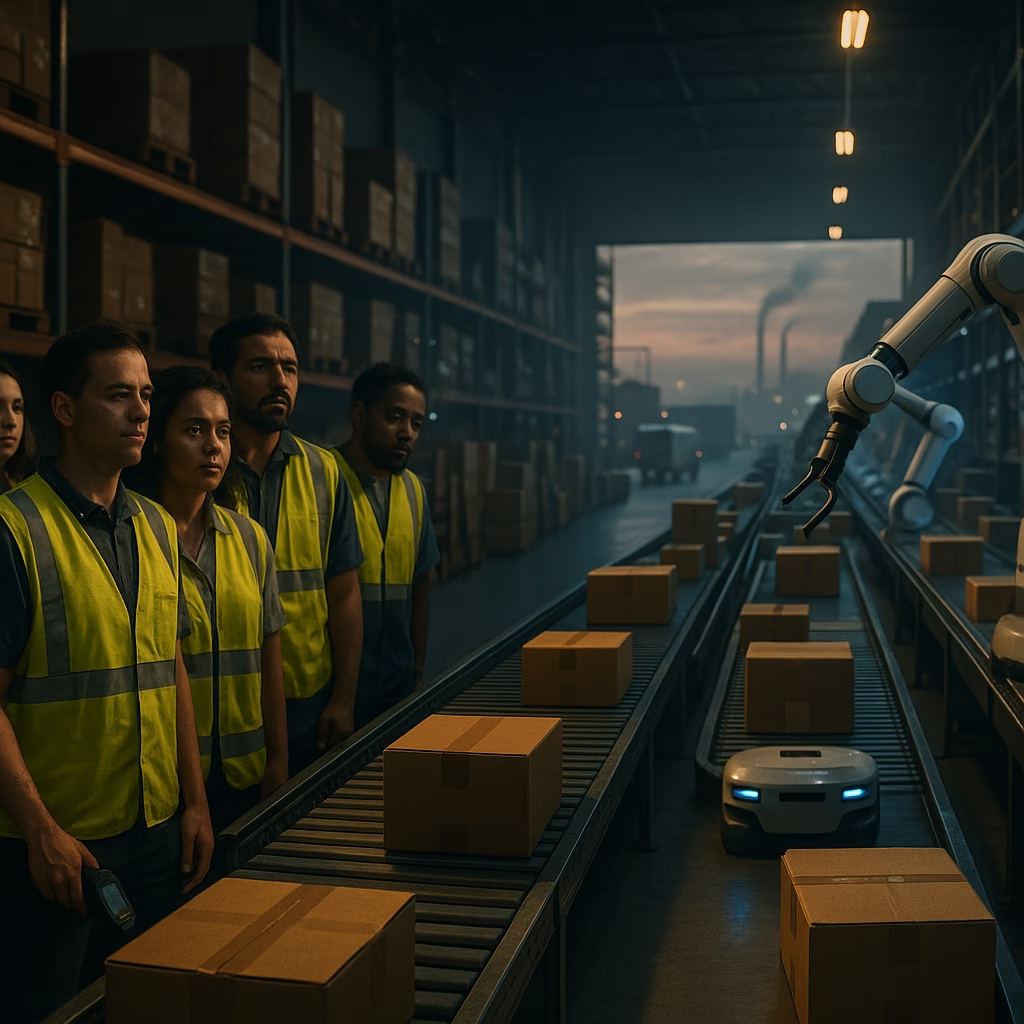# DeepSeek’s R1 Launch Shows There Are No Moats Among Large Language Models
In the fast-evolving world of Artificial Intelligence (AI), the race to build ever-more-sophisticated large language models (LLMs) continues to heat up. With the recent launch of DeepSeek’s R1 model, a premium AI offering demonstrating cutting-edge performances, one undeniable reality is becoming clear: there are no enduring “moats” or sustainable competitive advantages among large language models.
This lack of moats has significant implications for companies, developers, and investors in the AI landscape, where innovation moves at lightning speed, and new entrants can disrupt incumbents faster than ever. So, why is it difficult for AI firms to maintain dominance? And what does the launch of DeepSeek’s R1 reveal about the state of the industry? Let’s dive in.
## H1: The Rapidly Growing Field of Large Language Models
The field of large language models has become one of the most important areas of AI, driven by breakthroughs in computing power, advancements in neural networks, and the availability of massive datasets. LLMs, such as OpenAI’s ChatGPT and Google’s Bard, are powering everything from chatbots to creative writing tools, becoming crucial drivers of innovation in several industries.
However, the very forces that propel LLM development also contribute to its greatest challenge: a lack of differentiation and defensible moats.
### H2: Why Are There No Moats in the AI Industry?
Unlike traditional tech businesses where moats arise from proprietary software, network effects, or hardware lock-ins, the dynamics of LLMs make all these defenses increasingly irrelevant. Here are the reasons that moats are hard to build in the AI space:
- Open-Source Ecosystems: Initiatives like Meta’s LLaMA and other publicly released AI models are making advanced capabilities available for free or at minimal cost. Developers can train or fine-tune these models for industry-specific applications, rapidly closing the gap between incumbents and new entrants.
- Shared Hardware Architecture: Computational power is largely driven by shared, commercial hardware from companies like NVIDIA. Without exclusive access to unique hardware, competitors remain on equal technological footing.
- Quick Iteration and Innovation Cycles: The capabilities of newer models are outpacing those of previous generations in months, not years. An advantage gained today may be neutralized within just a few development cycles.
- Access to Data: While some companies hold proprietary datasets, the availability of vast amounts of public data is helping developers create models that perform on par with proprietary ones.
DeepSeek’s R1 launch underscores this very trend. Despite being heralded as a state-of-the-art model, R1 faces competition from dozens of other AI solutions promising similar performance, features, and scalability.
### H2: DeepSeek R1: A Glimpse Into the Future
So, what makes DeepSeek’s R1 noteworthy amidst a crowded marketplace full of LLM contenders? R1 is the latest model designed to push the boundaries of generative AI performance. Boasting enhancements in reasoning, contextual accuracy, and knowledge retrieval, DeepSeek aims to compete directly with industry giants. Its distinguishing features include:
- Enhanced Multi-Modal Support: R1 integrates text, image, and auditory data seamlessly, signaling a move toward models that handle diverse data types.
- Optimized Energy Efficiency: R1 claims to reduce energy consumption during inference, which can lower costs for adopters and make widespread usage more viable.
- Available Through Cloud and API Access: By removing barriers and offering robust integration options for businesses, R1 seeks to democratize advanced AI.
While these advancements are exciting, they don’t carve out an unassailable space for DeepSeek. Models developed by OpenAI, Google, and even emerging startups replicate key features while sometimes offering additional or more specialized capabilities.
## H1: The Commoditization of AI
DeepSeek’s R1 highlights a broader challenge facing the industry: the commoditization of AI. As resources and expertise grow more accessible, the barriers to entering the LLM market are diminishing.
### H2: Factors Driving AI Commoditization
- Funding Access: The AI sector has attracted substantial venture capital, government funding, and corporate investment, enabling even startups to compete with established giants.
- Standardization of Techniques and Tools: The documentation of deep learning frameworks, model architectures, and best practices eliminates much of the mystery surrounding LLM development. What was once a niche skillset is now widely understood across the industry.
- Thriving AI Communities: Open-source communities like Hugging Face actively share pre-trained models, APIs, and tutorials, rapidly narrowing the gap between leaders and fast-followers.
- Specialization and Niches: Many companies aren’t trying to outcompete general-purpose LLMs like GPT-4 but are instead focusing on tweaks and optimizations for unique verticals, such as healthcare, finance, or gaming.
All these factors collectively make it hard for any single player to dominate the AI landscape sustainably.
### H3: Differentiation Through Ecosystems vs. Models
To sidestep commoditization, some AI firms are pivoting toward ecosystems instead of standalone models. For example:
– OpenAI’s integration with Microsoft copilot solutions adds ecosystem-wide value.
– Google’s strategy with Bard emphasizes connection to its entire suite of productivity tools.
– Amazon has introduced Bedrock, which allows businesses to create fully customizable AI applications directly tied to their AWS infrastructure.
Such strategies highlight a shift in focus from mere technical superiority to seamless integration and ecosystem benefits. DeepSeek will need to explore similar moves if it hopes to establish footholds in the long run.
## H1: What This Means for AI Stakeholders
The lack of moats in the world of LLMs doesn’t mean the field is lacking in opportunities. Instead, it places a premium on execution, agility, and listening to customer needs.
### H2: For Developers and Researchers
– Adopt Open Ecosystems: Open-source tools can accelerate AI project timelines and reduce development costs.
– Focus on Niche Markets: Customizing models for specialized use cases offers opportunities to create unique value over generic LLMs.
### H2: For Businesses
– Embrace Flexibility: Partner with providers offering scalable and customizable AI, ensuring agility in adapting to future technologies.
– Identify Value-Add: Choose vendors based on the robustness of their integration and ecosystem rather than model claims alone.
### H2: For Investors
– Invest in Ecosystems, Not Models: Companies that tie their LLMs to SaaS offerings or infrastructure solutions stand to gain a more defensible market position.
– Beware of Hype Cycles: Due diligence is critical as over-promising plagues the sector, especially among newer entrants.
## H1: Conclusion
DeepSeek’s R1 launch is yet another reminder of the relentless innovation and competition defining the AI landscape. No single player—regardless of their model’s capabilities—appears destined to dominate unchallenged, as barriers to entry shrink and open ecosystems increase accessibility.
For AI firms, building moats won’t solely depend on producing technically superior models. Strategies like creating seamless ecosystems, addressing specific market needs, and fostering trust with users will determine long-term success. Meanwhile, for consumers and businesses, this environment promises one clear outcome: a future with more choices, faster innovation, and declining costs in AI technologies.
In this brave new world of large language models, complacency isn’t an option. For companies like DeepSeek, the R1 launch is just the beginning of an increasingly competitive journey.< lang="en">







Leave a Reply